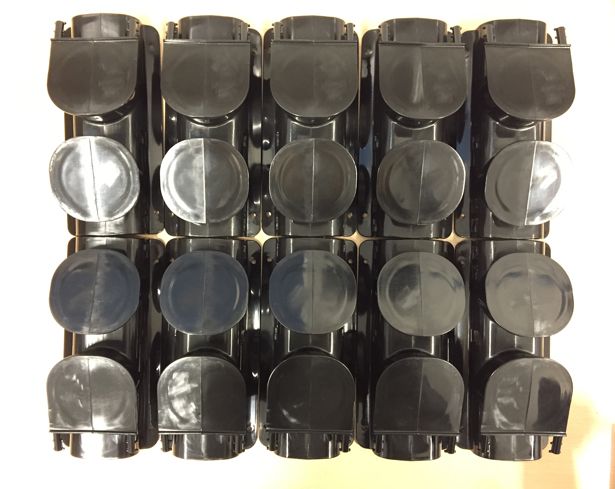Whilst many companies view low quantities as a nuisance, they represent our staple diet!
Traditionally there has always been a huge gulf between prototype and the other end of the scale, high volume production. At Plunkett Associates we pride ourselves in being able to bridge the gap, filling the void in the middle. In fact we would go as far as to say we are specialists in this area!
Our expertise within the newest innovative processes and materials, along with our love of a challenge, allows us to be completely client driven, putting your needs at the top of our priority list.
Options are limitless and exciting! We apply both additive manufacturing techniques and more conventional subtractive techniques to the direct manufacture, or tooling and moulding, of components across a wide range of batch sizes where others fear to tread!
At Plunkett Associates we are not only structured to handle low volume production but we have spent a great deal of time and effort to adapt various technologies to be more cost effective in this area. The most significant of these is our work with injection mould tooling. The process has much to offer and a significant range of materials, if only the upfront tooling costs could be reduced!
With this in mind, we have structured our tooling into four bands, targeting each band with a view to a cost and lead-time target.
One option is Low Volume Production tooling (LVP). This is a hybrid of techniques with the exact configuration being customised to the client/geometry/quantities. The result is a mould tool that reflects the requirement and opens up an exciting option to produce high quality, yet low volume components. As a result, we now injection mould on a regular basis from quantities as low as 20 and compete with the more common vacuum casting options at this price point.
Never content, we are always searching for new ways to tackle manufacturing issues and relish distorting the accepted norms to deliver attractive solutions.
With a wide range of manufacturing options at our disposal we are also well placed to highlight the different options based on different quantities.
Beware however, don’t be caught out by the issue of ‘design for manufacture’. Ensuring that the design is optimised for the manufacturing route selected can be time consuming.
We save you the hassle by working with a huge range of processes to ensure that the optimum solution is found and that the design addresses the strength of the process, rather than being at odds with it. Quantities are key to getting this right and whilst they may change across the life of a project, they form a vital step in making the correct process decisions.


